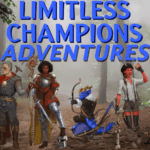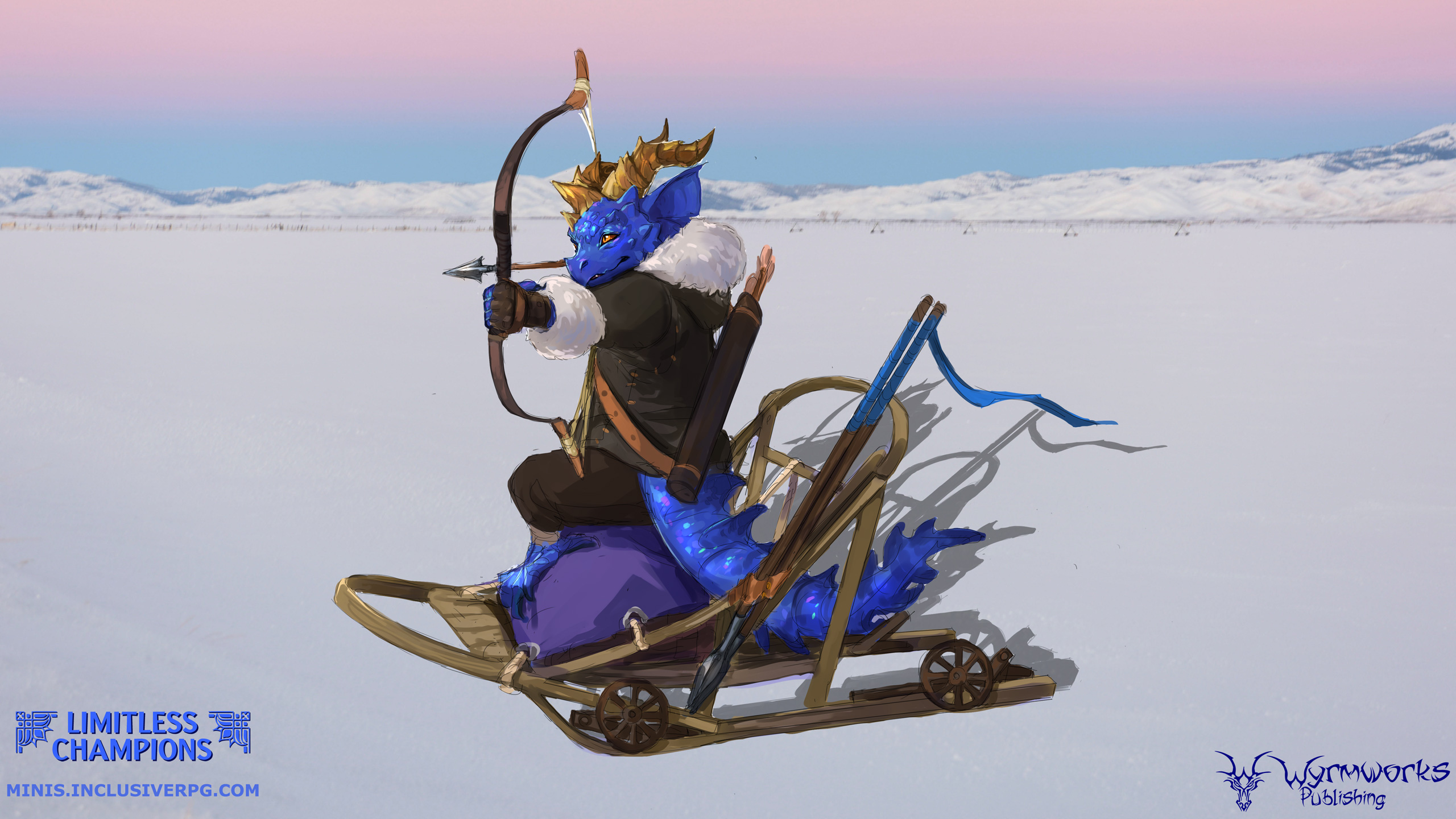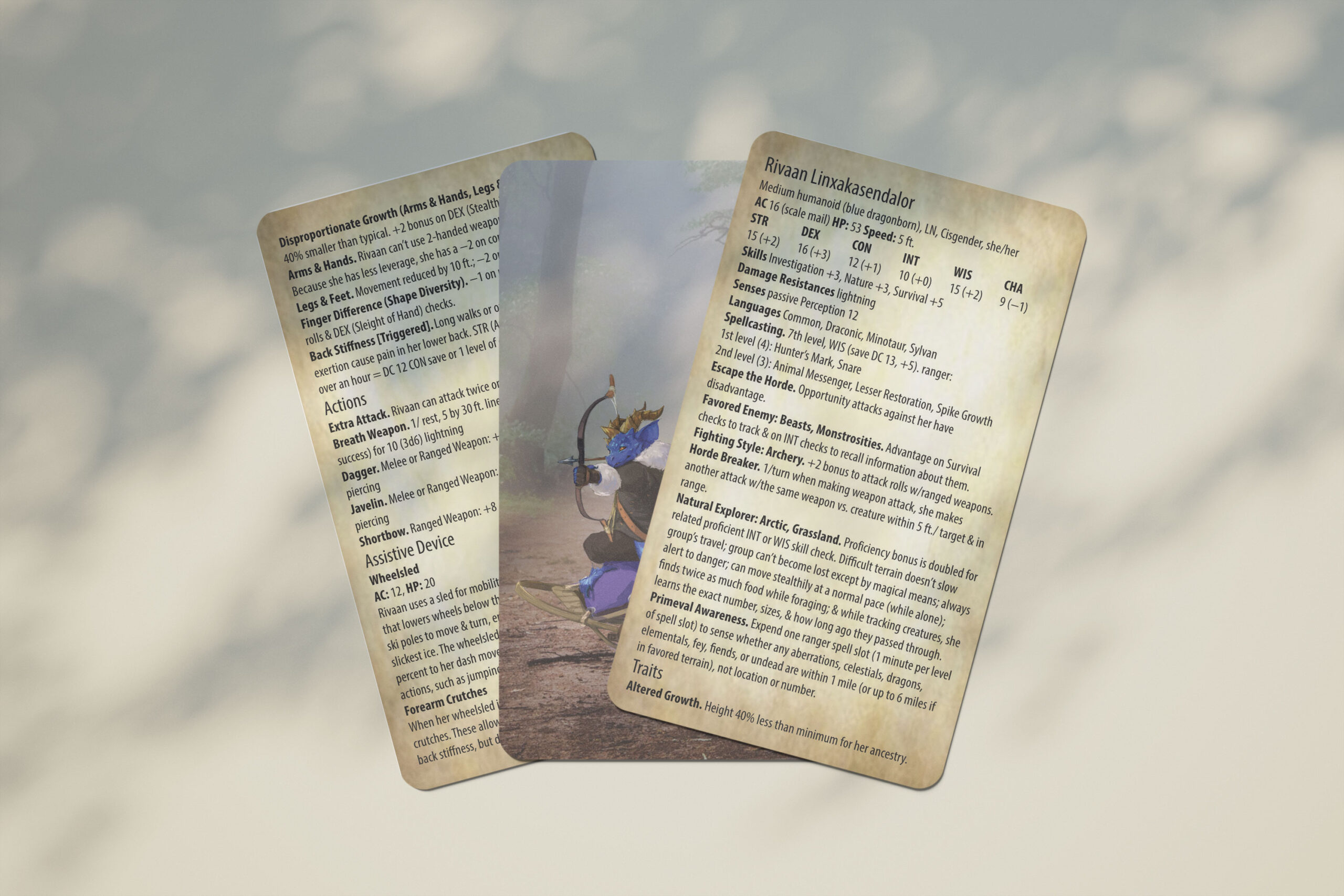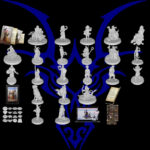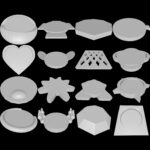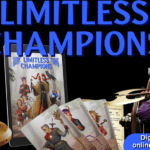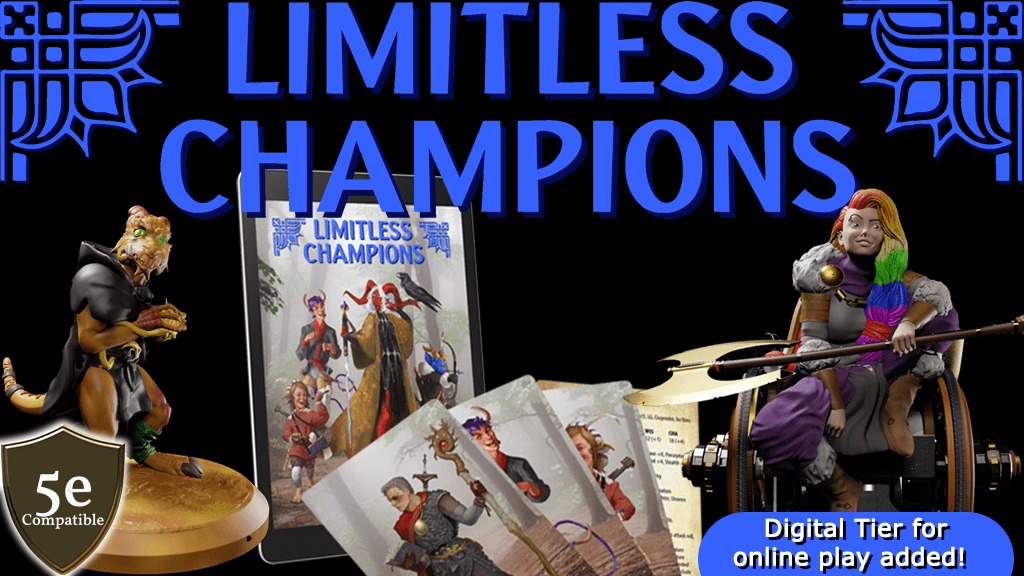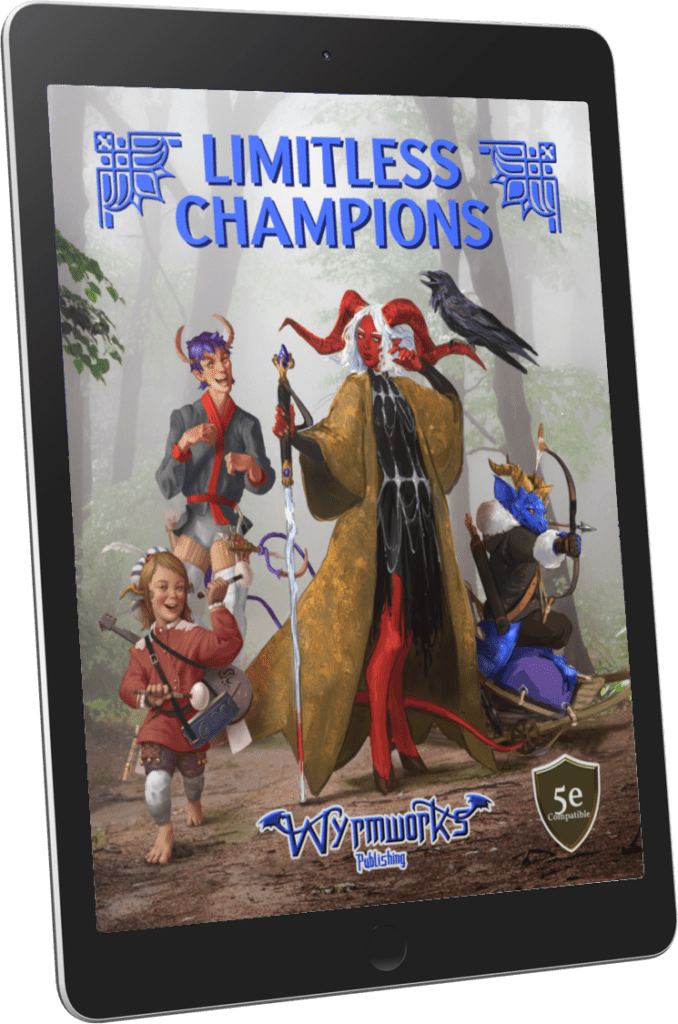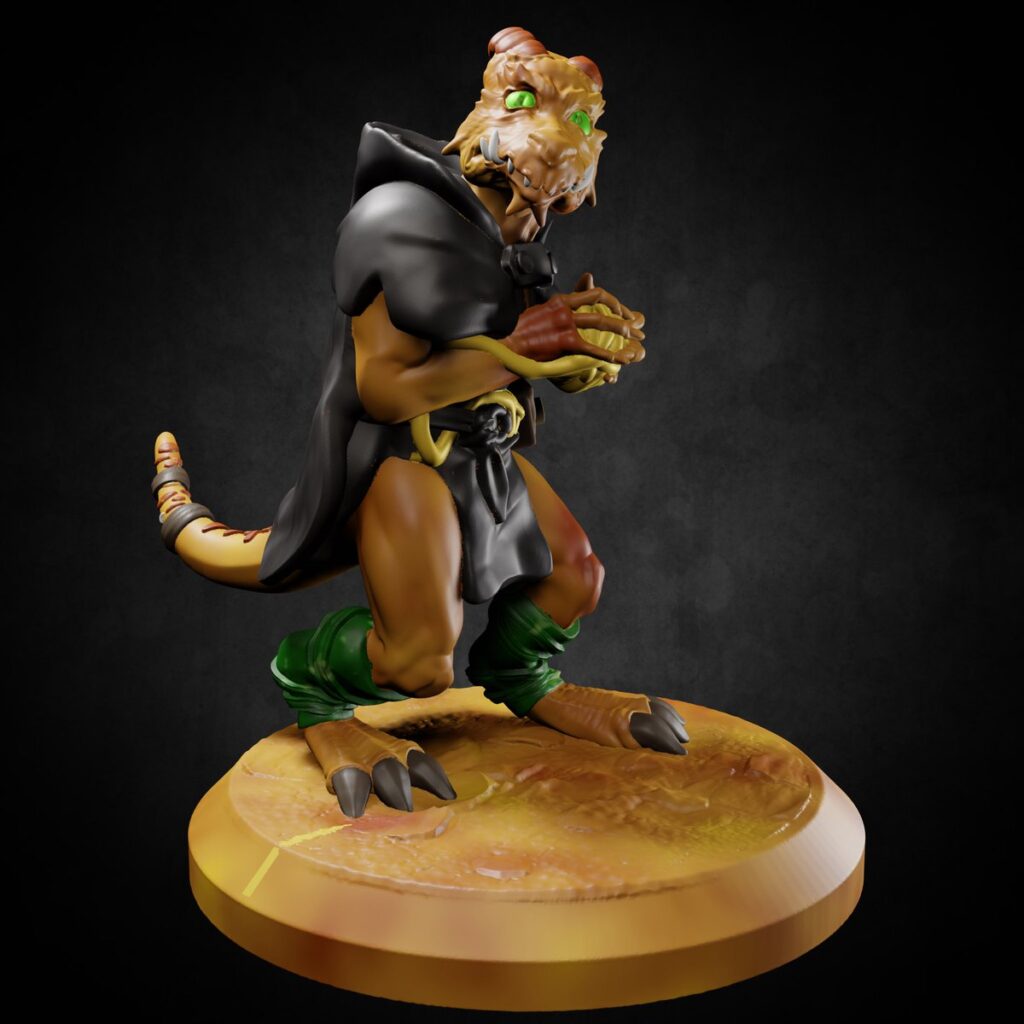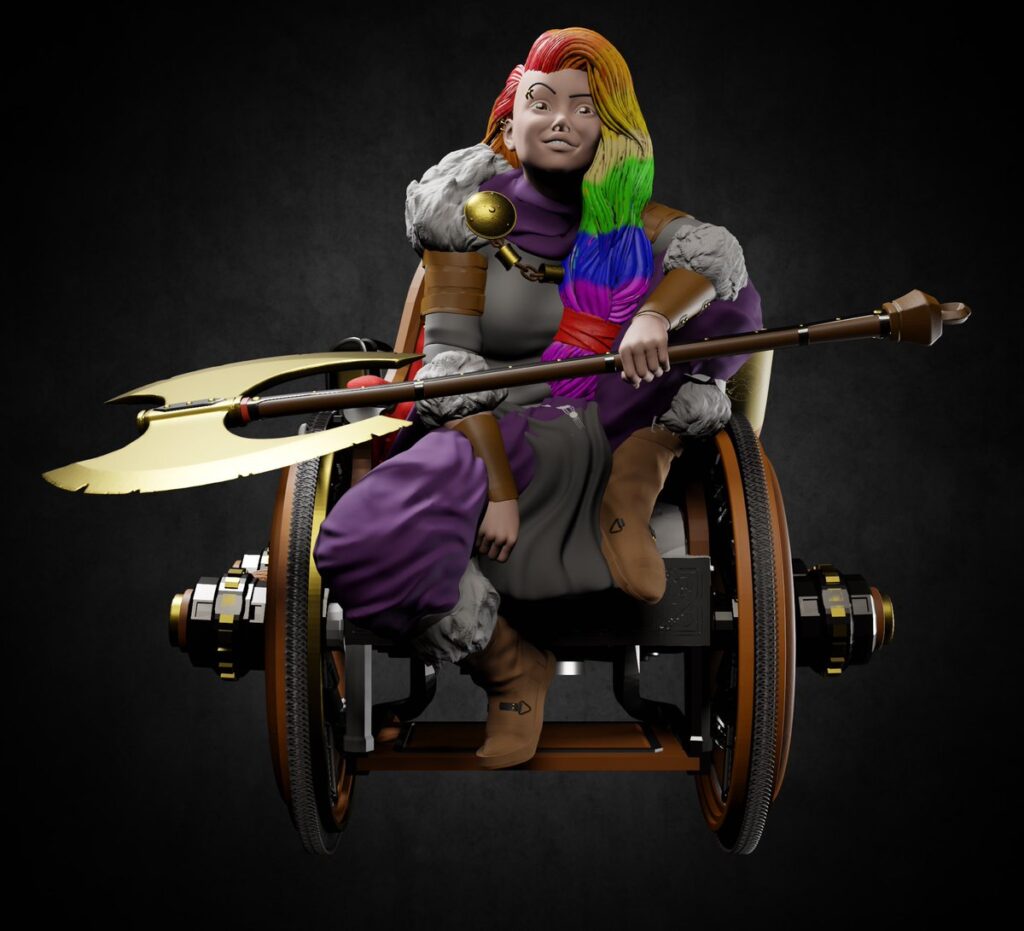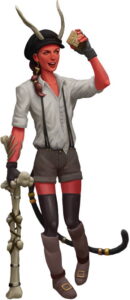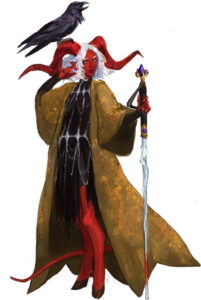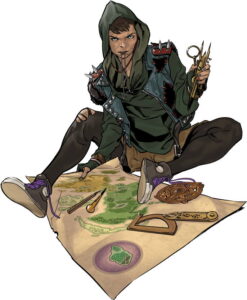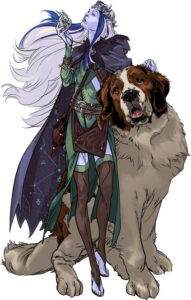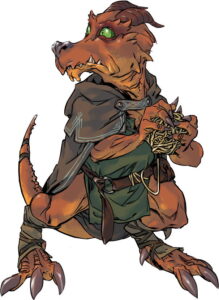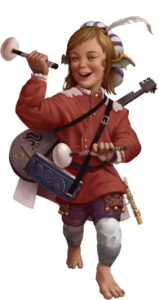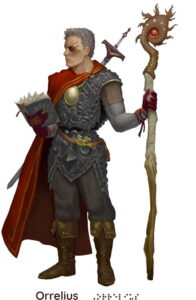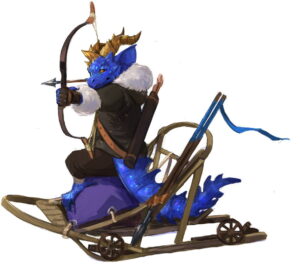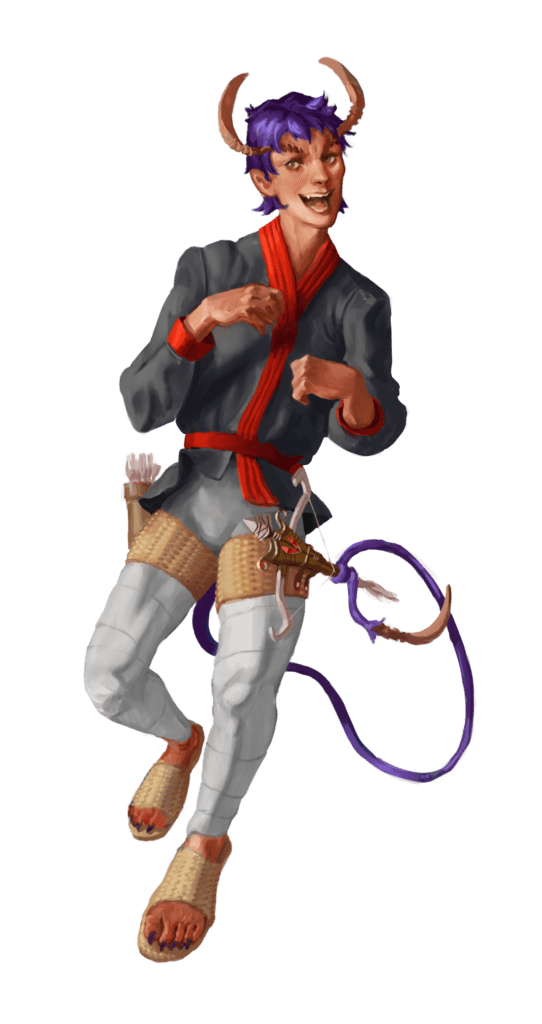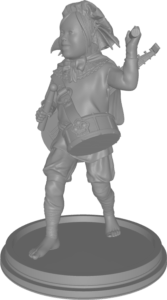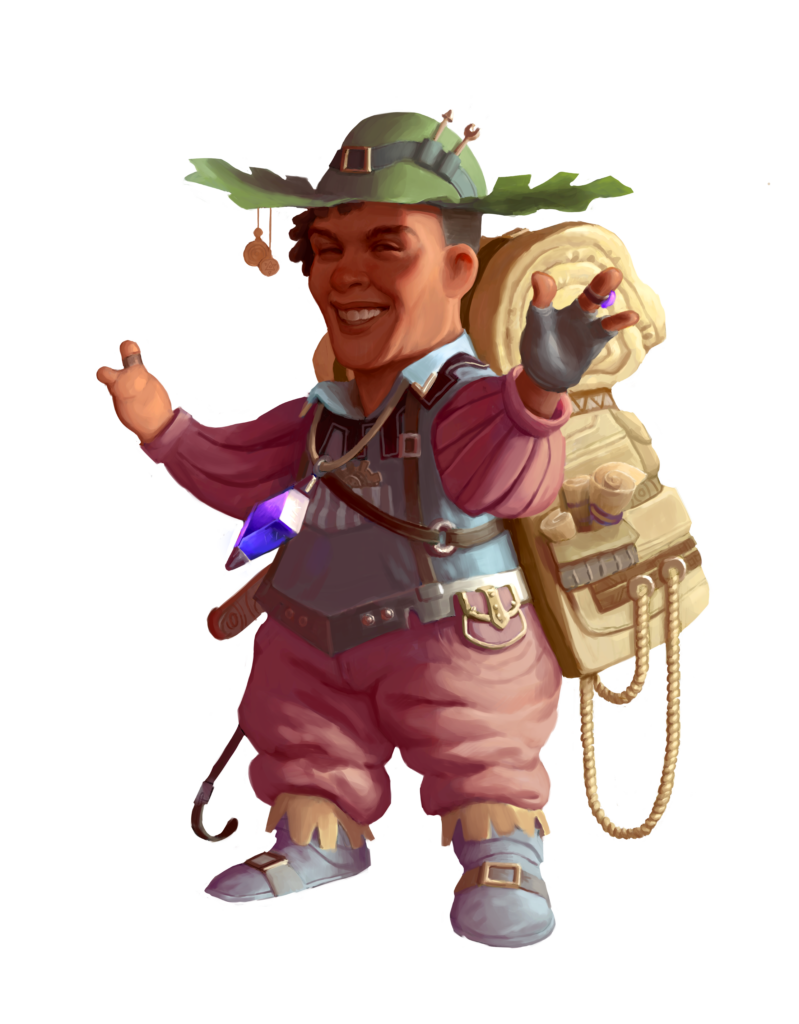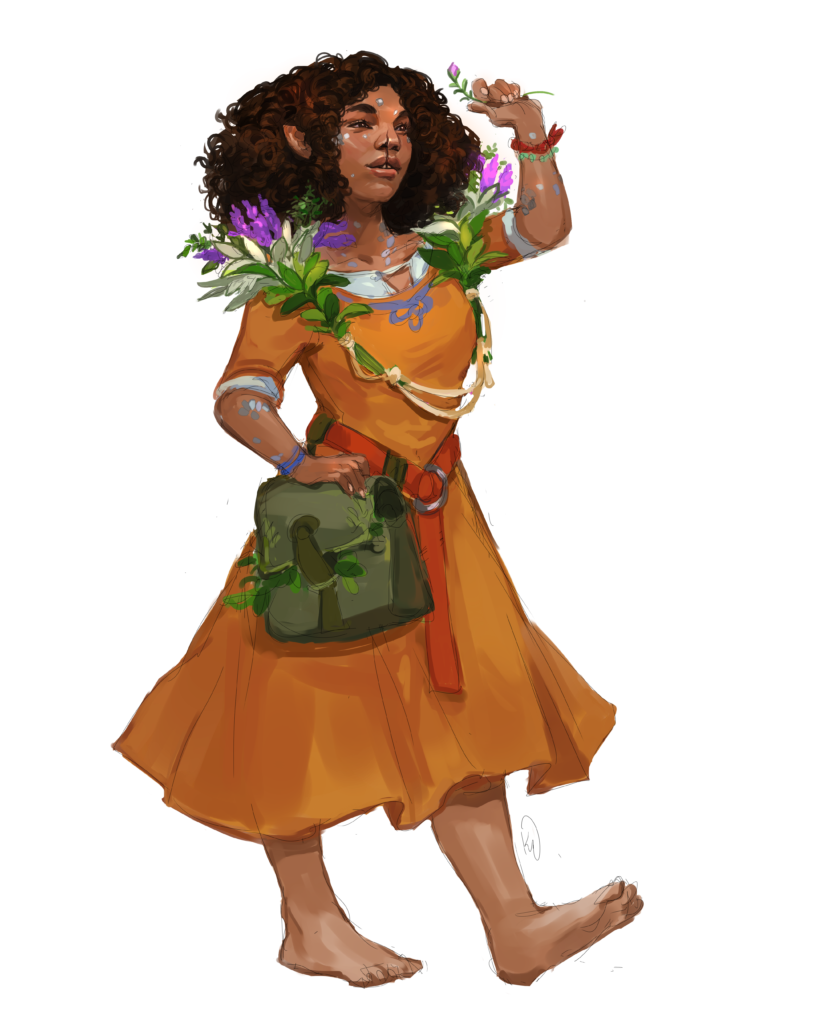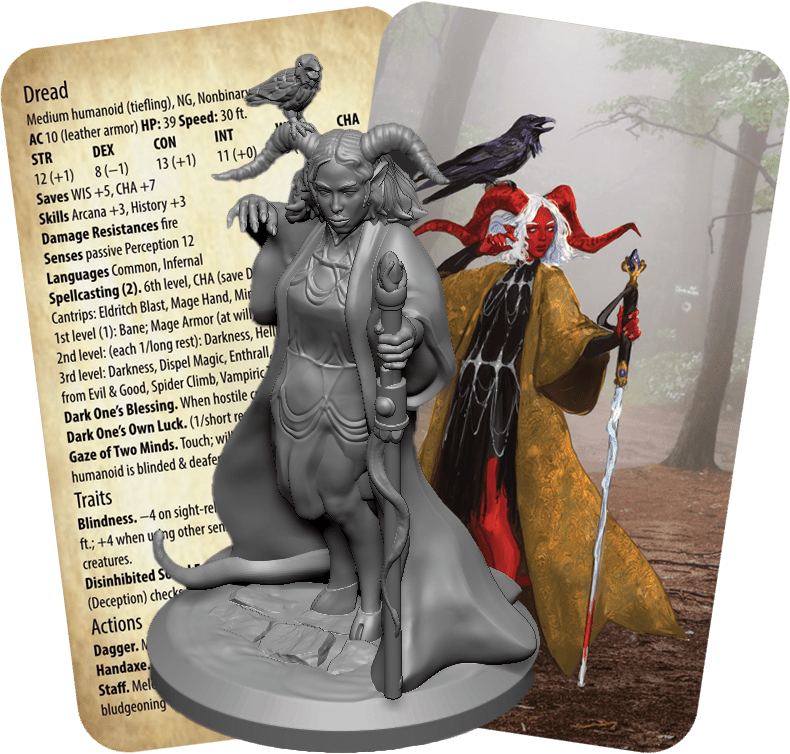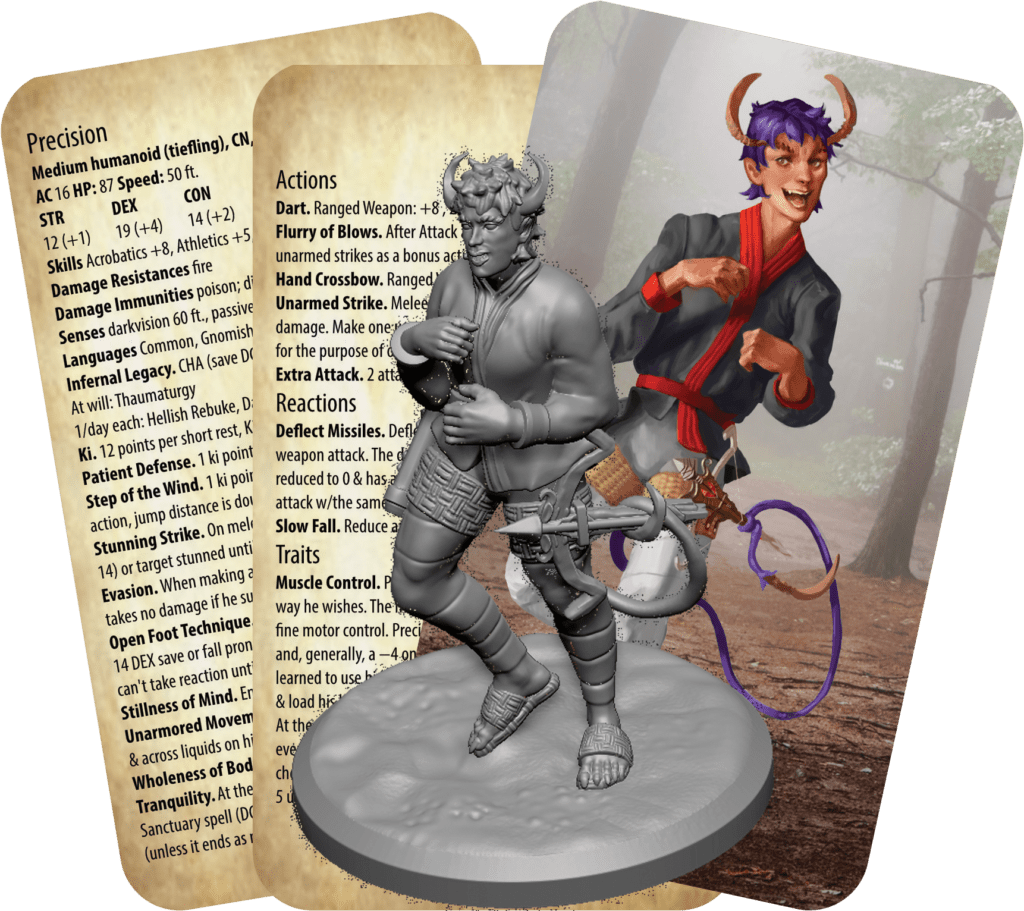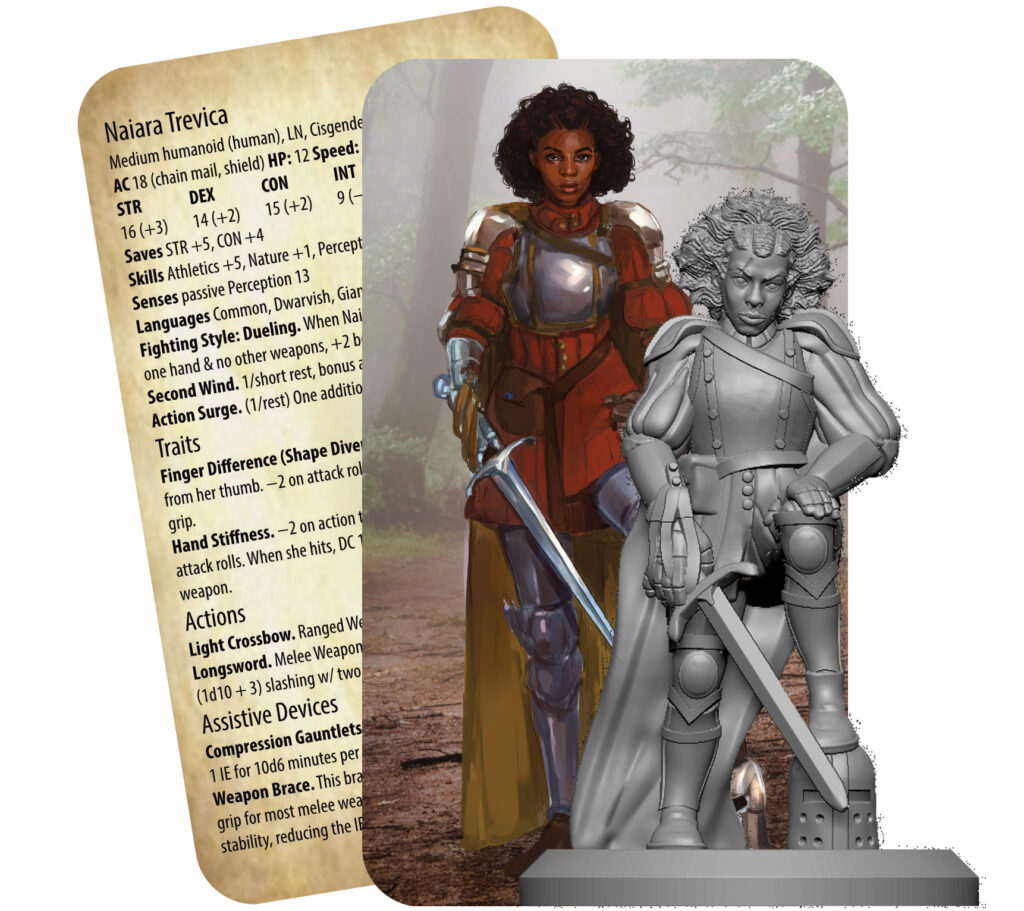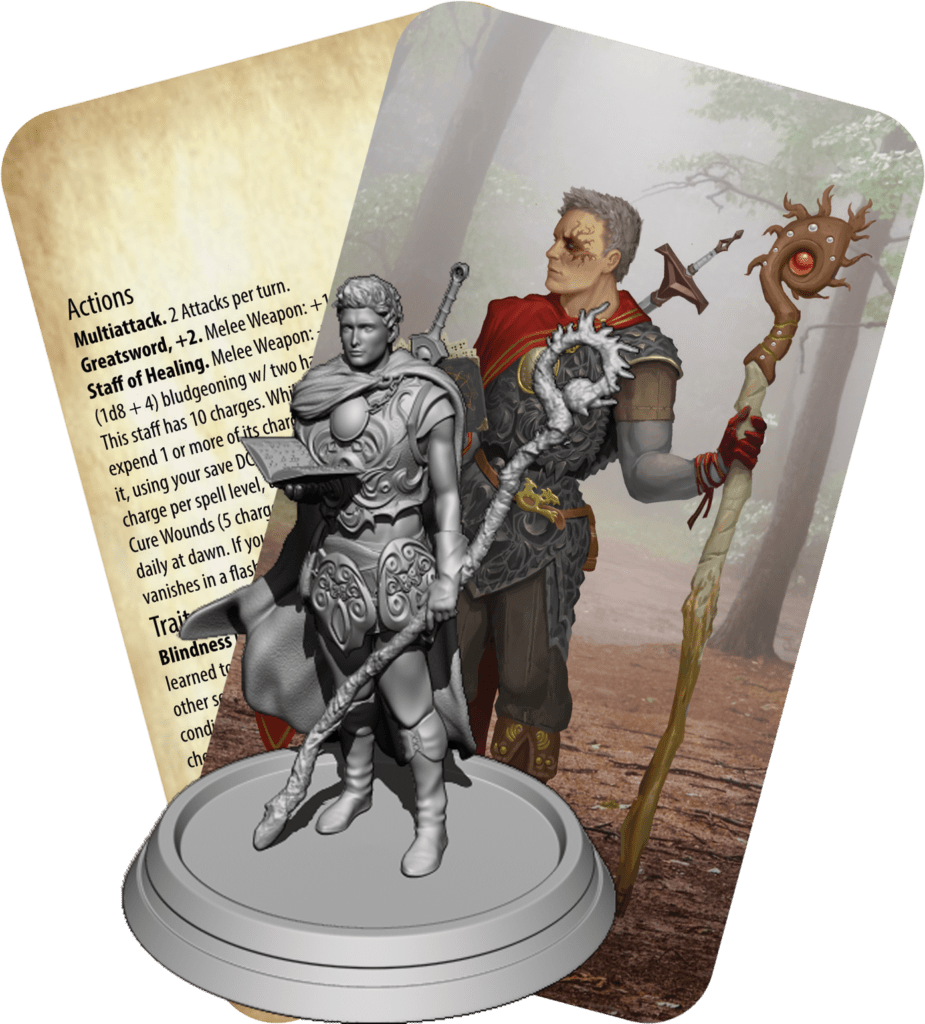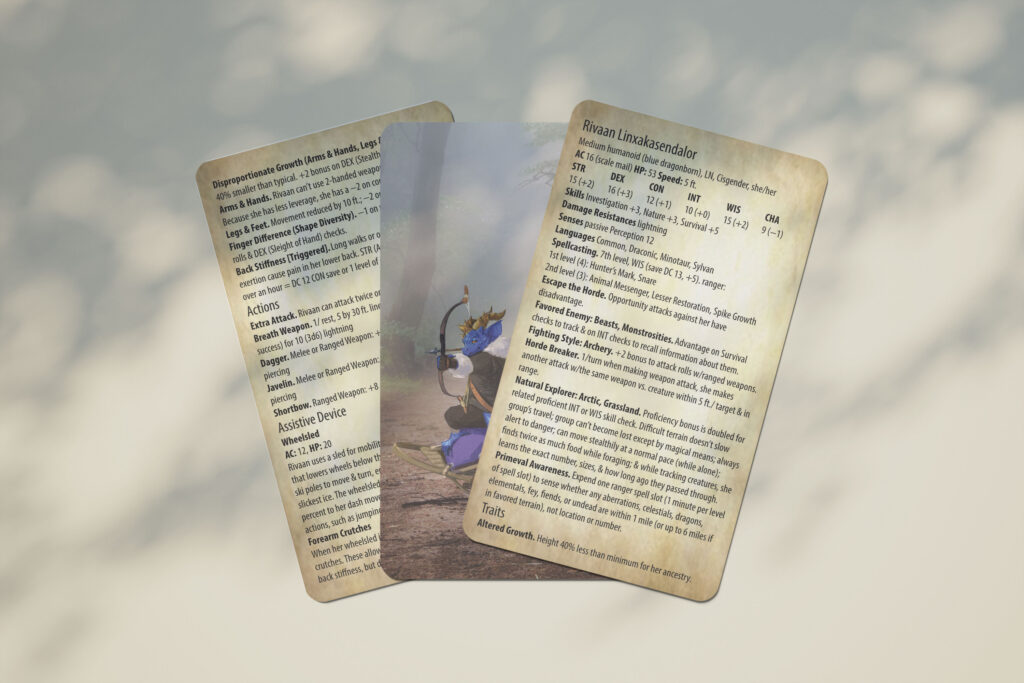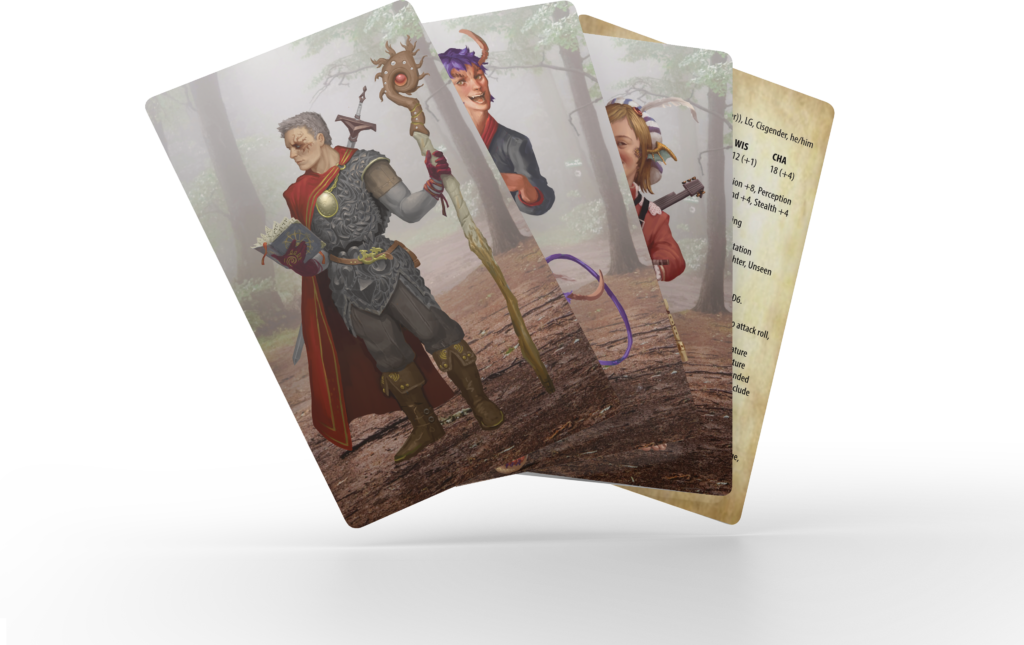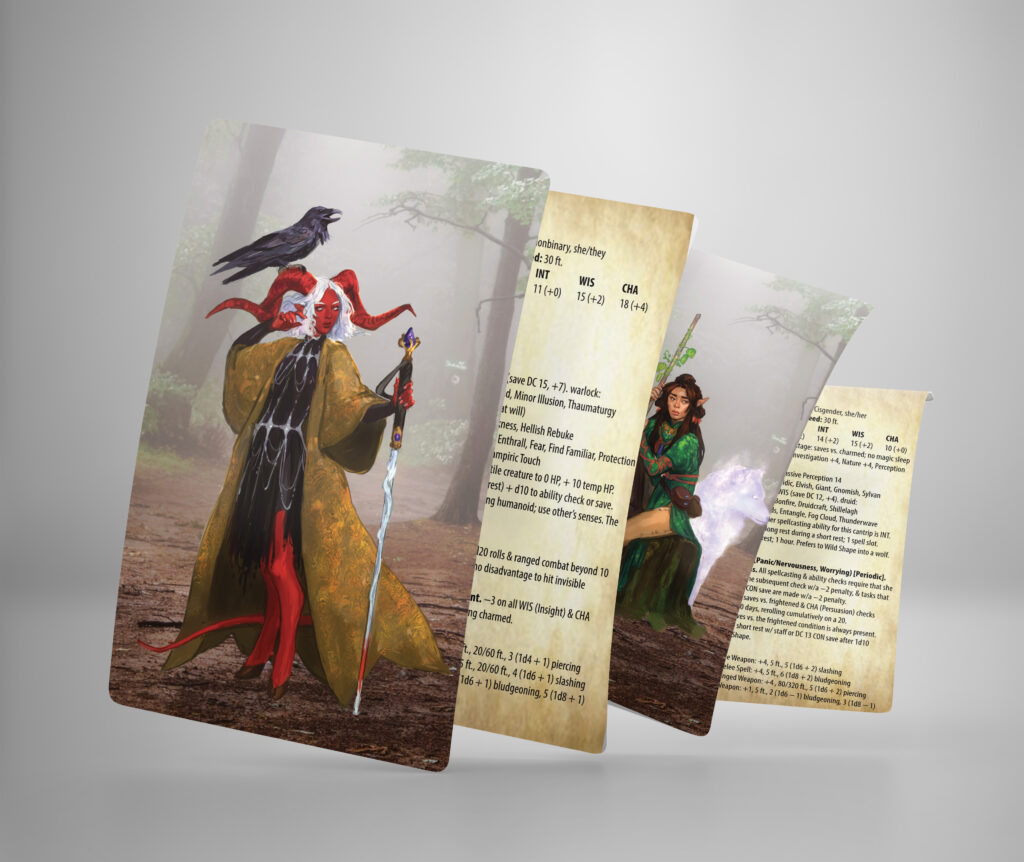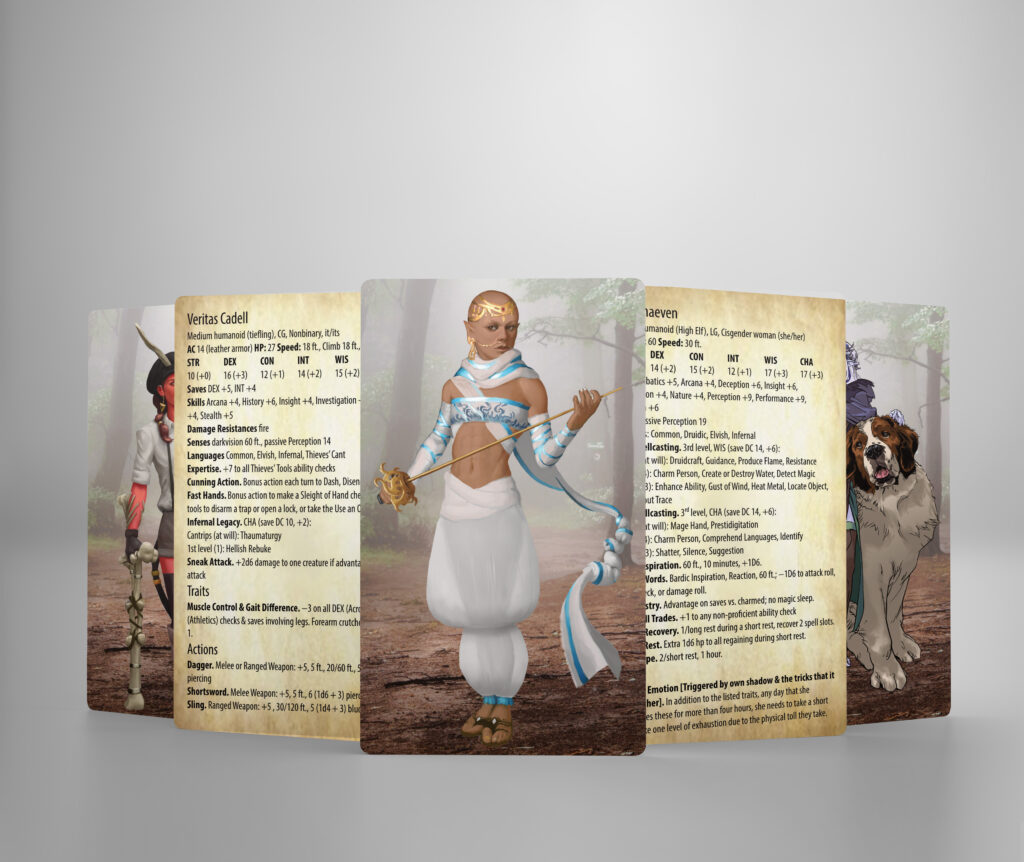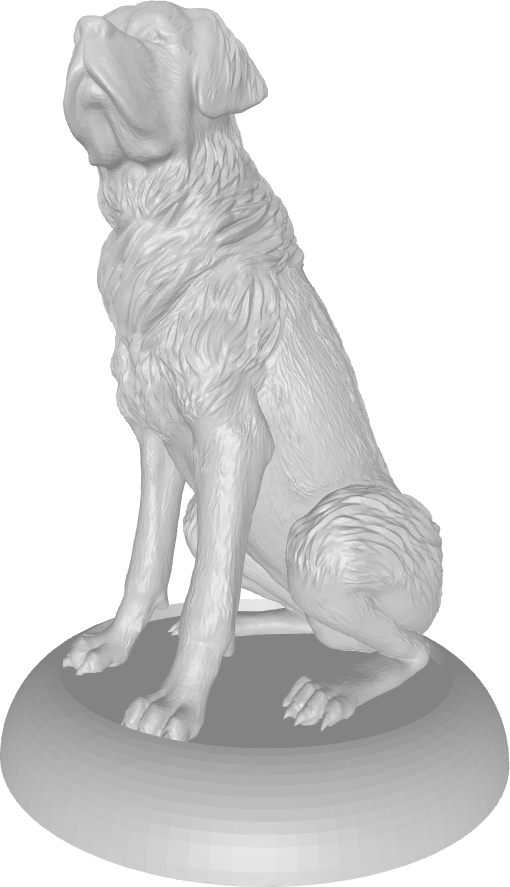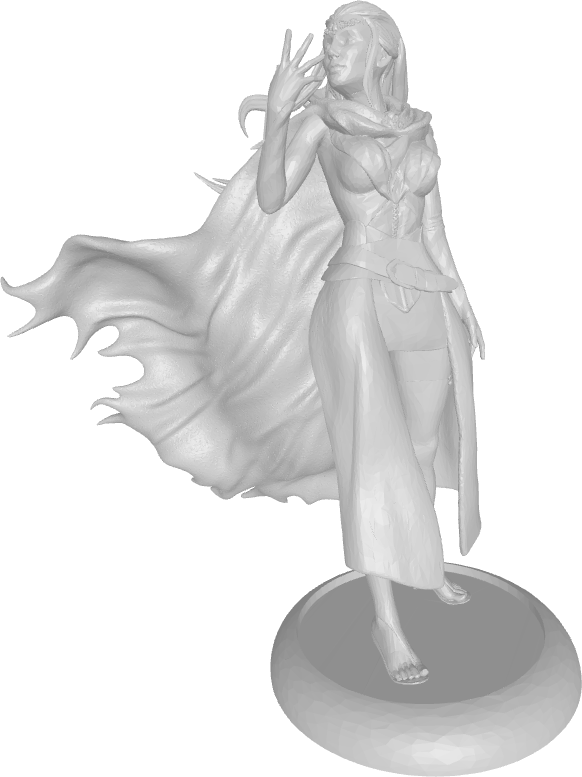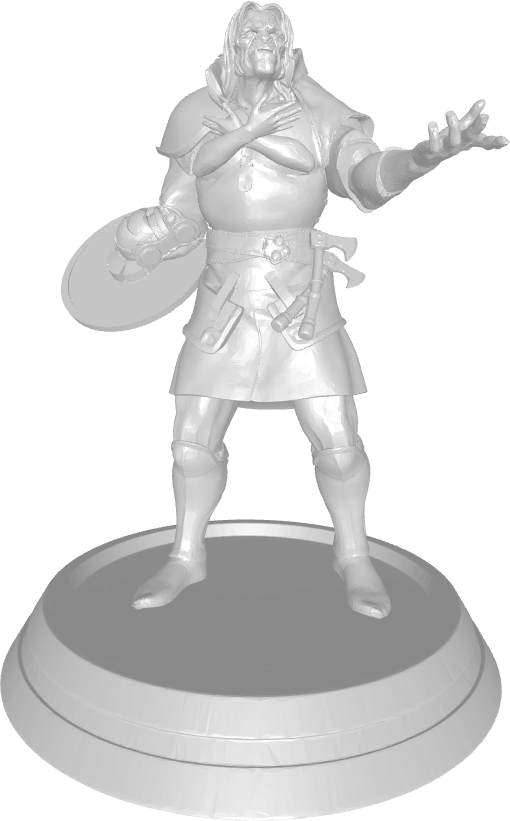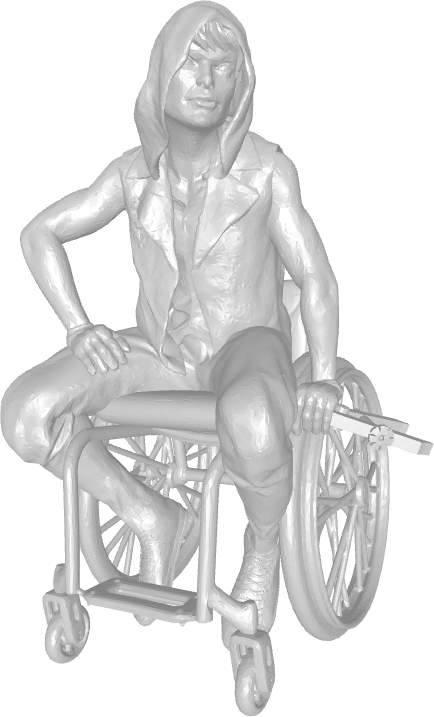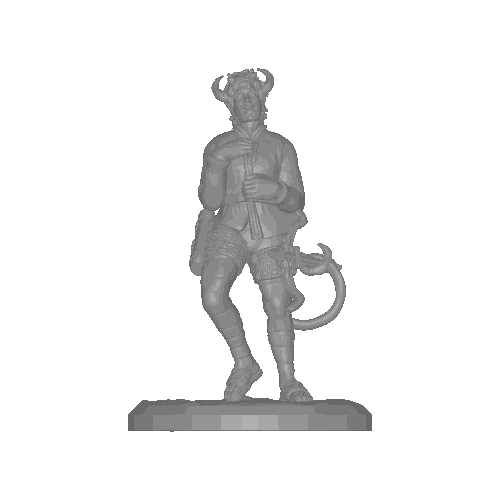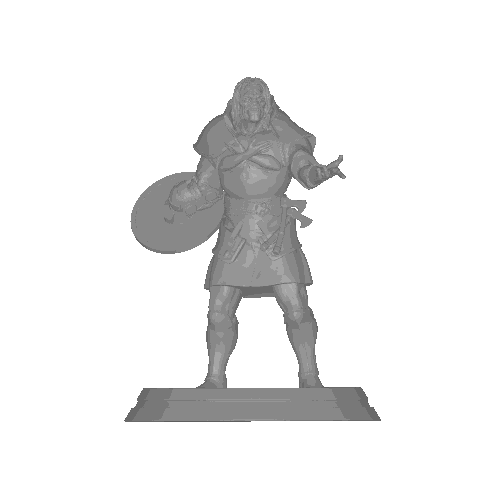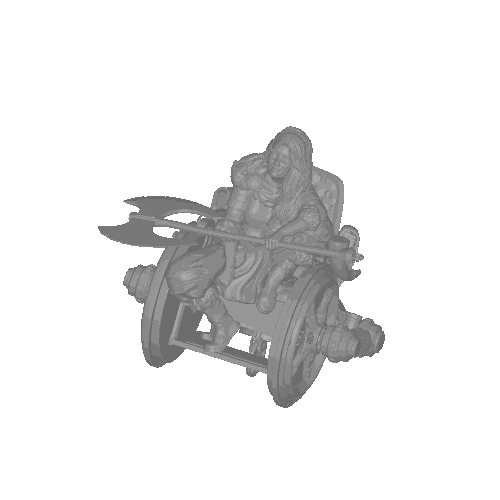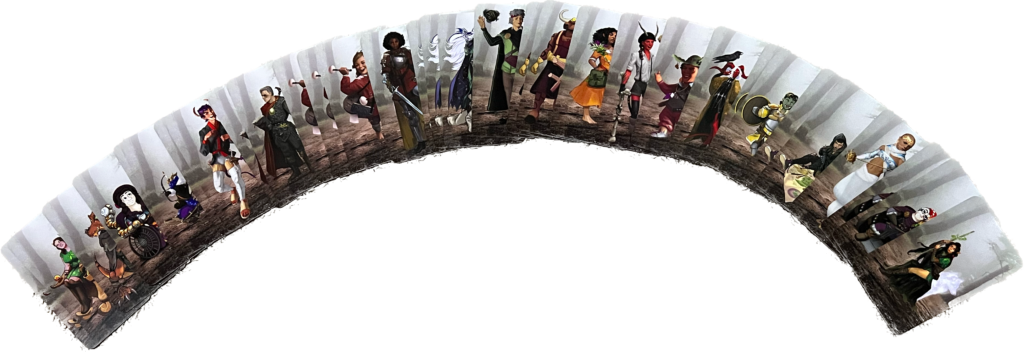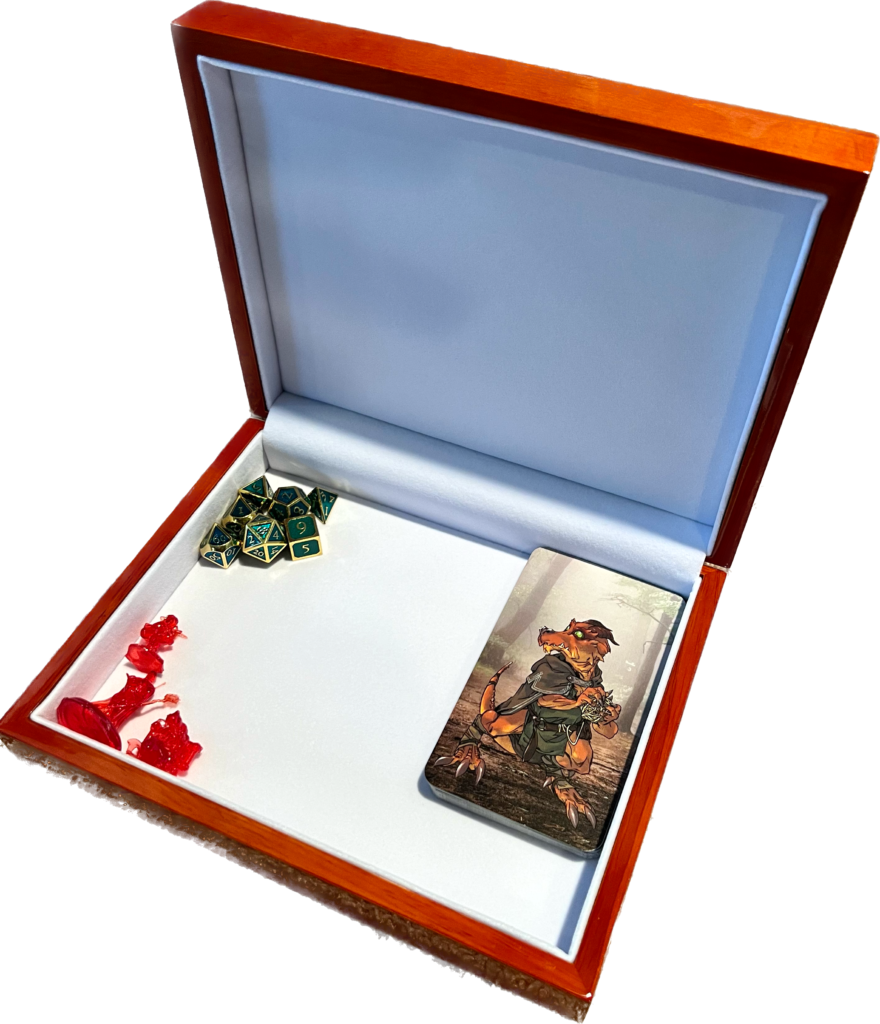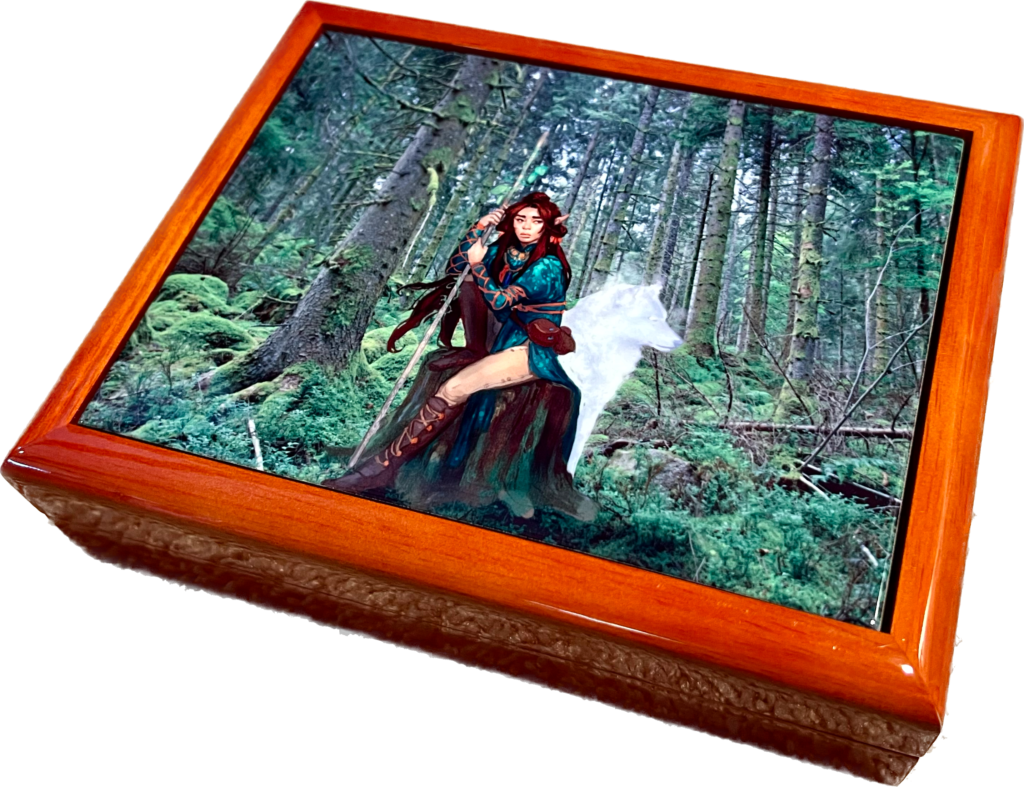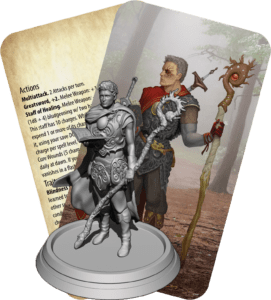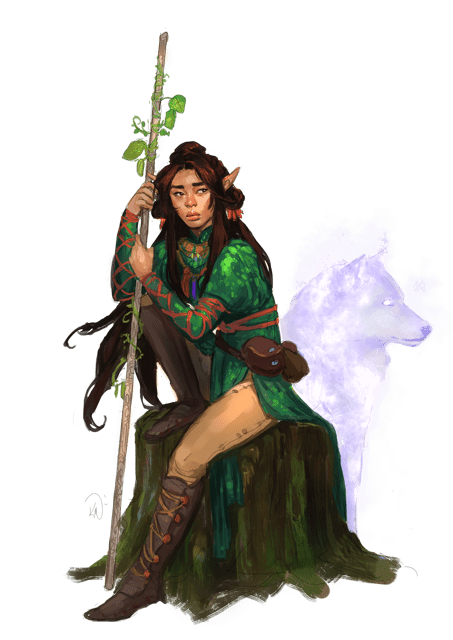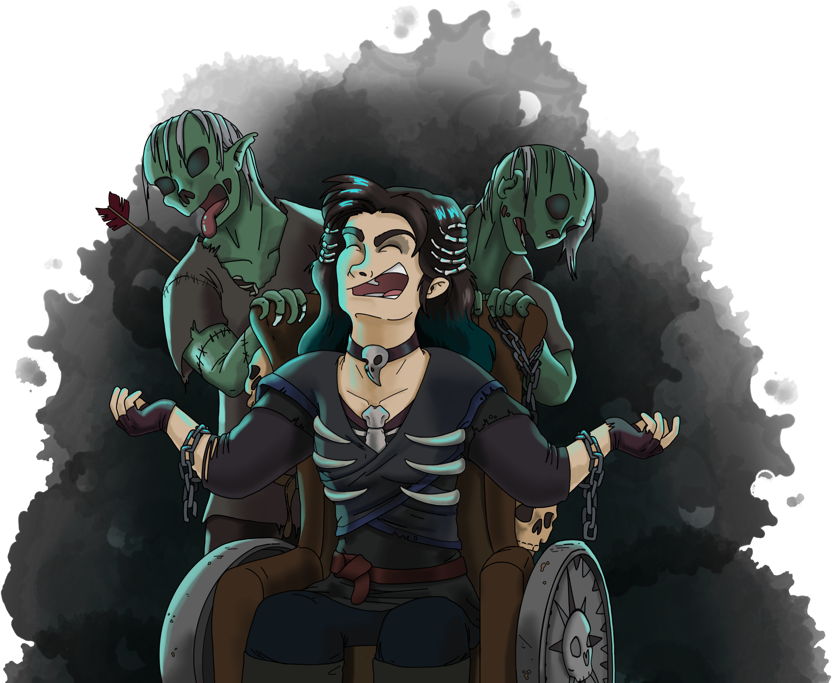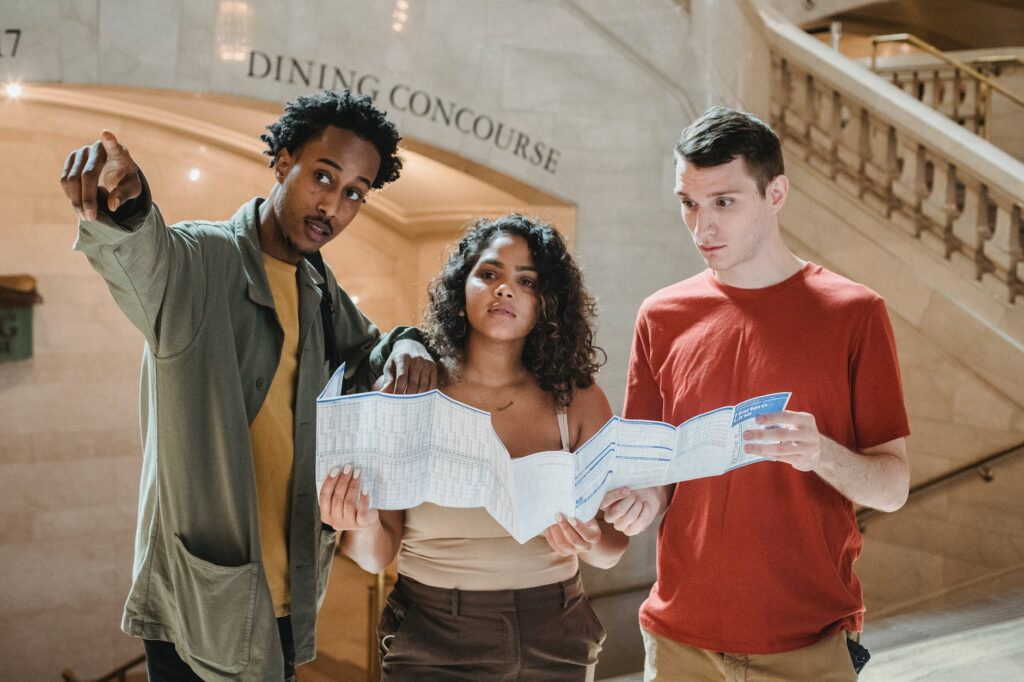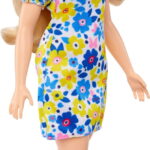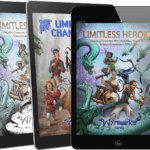DriveThruRPG CCP Partners Prohibit TTRPG Ableism

Here at Wyrmworks Publishing, we don’t want the corner on inclusion and accessibility. We want these concepts to become so ubiquitous in the TTRPG industry that our work becomes redundant, at which point, we’ll turn our focus to one of the other countless struggles in our society that keep people from knowing how loved and valued they are.
We have a long way to go, but we’re making steps in the right direction.
In May 2023, I emailed DriveThruRPG to add “ableism” to the nondiscrimination template for their Content Guidelines for Community Content Programs.
What are Community Content Programs?
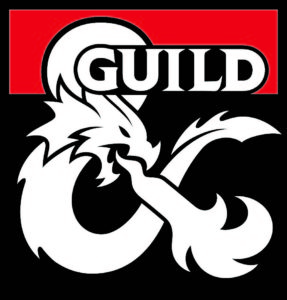
A Community Content Program (CCP) allows third-party creators (like us) to create supplemental content for existing TTRPGs, like adventures, character expansions, and more, making more resources available for that game without breaking copyright and trademark laws. They often include artwork, style guides, and other resources to help creators make their publications capture the feel of the core game. DMs Guild, which allows the use of Dungeons & Dragons IP, is the most popular, but DriveThruRPG partners with about three dozen other companies to offer similar programs for other games.
So what’s up with the Content Guidelines?
When a publisher sets up a CCP with DriveThruRPG, they include Content Guidelines that tell creators what they can and can’t do with the game content. DriveThruRPG provides new CCP partners with a sample Content Guidelines template, which the partner can use as much or little as they want. Those guidelines usually include a nondiscrimination clause, and many use DriveThruRPG’s template for this as well:
Neither your products nor any promotional material, including blog/social media posts or press releases, may contain racist, homophobic, discriminatory, or other repugnant views; overt political agendas or views; depictions or descriptions of criminal violence against children; rape or other acts of criminal perversion; or other obscene material. We reserve the right to remove any materials that we determine do not conform to our guidelines for this program.
Nobody wants their game to be used to promote nazis. (OK, nobody that DriveThruRPG would be willing to partner with.)
In May 2023, I looked through the guidelines for all of the CCPs, and I noticed that only one company, Onyx Path Publishing, included a reference to specific ableism in their guidelines.
I contacted DriveThruRPG:
Given that the template words it, “racist, homophobic, discriminatory, or other repugnant views,” after checking every agreement, I found that only Onyx Path’s specifically mentions “ableist.” I note it especially since ableism is so widely accepted in our culture, unlike most other forms of discrimination, and while it’s certainly covered under, “discriminatory” and “repugnant” in my view, not everyone would agree, especially in the TTRPG space, but I’d like to suggest that you consider clarifying and adding “ableist” to that clause in the template for future CCPs and possibly suggest it for current ones.

A mere ninety minutes later, they replied to let me know that they were changing the template and contacting all CCP partners with the suggestion and would update any change requests immediately. (Again, each CCP decides on their own guidelines wording, so this change is 100% optional.) Considering that this is a change to legal documentation, these are weighty decisions, so I was astonished at the speed of the response!
So like Teos Abadía’s recent article about changes in D&D Beyond’s content, this is old news that you didn’t know about. I waited to write this to allow time for companies to make changes so we could celebrate as many as possible.
What changed?
As of this writing six months later, the following CCPs now specifically forbid ableist content (Remember that Onyx Path Publishing included it already):
- Canis Minor by Onyx Path Publishing (Pugmire or Monarchies of Mau)
- Storypath Nexus by Onyx Path Publishing (Storypath)
- Hero Kids Creator’s Guild by Hero Forge Games (Hero Kids & Super Kids)
- Tiny Trove by Gallant Knight Games (Tiny Dungeon: Second Edition, Tiny Frontiers: Revised, Tiny Wastelands, Tiny Frontiers: Mecha & Monsters, Tiny Cthulhu, Beach Patrol, Tiny Gunslingers, Tiny Living Dead, Tiny Pirates)
- Chronicle System Guild by Green Ronin Publishing (Sword Chronicle)
- Coyote and Crow Fireside by Coyote & Crow LLC (Coyote & Crow)
- Starforger’s Guild by Alligator Alley Entertainment (Esper Genesis)
- 2d20 World Builders by Modiphius Entertainment (Achtung! Cthulhu & Titanic Triumph)
- Entromancy Cryptographers Guild by (Entromancy: A Cyberpunk Fantasy RPG and Entromancy: Hacker Battles)
I have every expectation that the rest consider their existing “other repugnant views” umbrella clause sufficient. If someone reported CCP content to them that discriminated against people based on ability, they would respond accordingly. Some CCP partners not listed here have personally assured me of this.
If you are a CCP owner and change your agreement, let me know, and I’ll be thrilled to add you to the list!
Why is this important?
While our culture has taken great strides to reduce discrimination against marginalized demographics over the past several decades, it’s a slow process. In every case, we still have a long way to go. However, ableism remains the most widely accepted form of discrimination.
To use a mainstream example, we recently watched the Peacock TV show, Baking It, and in the Season 1 Finale, the hosts, Andy Samberg and Maya Rudolph, did a bit called, “Nut Roast,” a parody of celebrity roasts. Here’s an excerpt:
Hey, look who it is, it’s walnut. Hey, walnut, you lumpy son of a nut, you’re the Elephant Man of the nuts. “I am not a good snack!”…
Uh-oh, it’s peanut…Look at him, he’s just sitting there. Somebody get him an epi-pen, I think he’s in shock!

In December 2021, they mocked people with facial differences and with life-threatening allergies in rapid succession. My family cringed, and I searched online for an apology by NBC or anyone from the cast or crew. Nothing. I searched for blog posts or news articles about the obvious ableist jokes. Nothing. Not even a Reddit post or tweet. In two years, nobody on earth with Internet access even noticed and cared enough to mention it until this post. And this is just one example.
We have a long way to go. We’re counting on the gaming community to roll initiative with us. And we deeply appreciate DriveThruRPG and the eight TTRPG producers who quietly but publicly entered this particular fray. They deserve recognition for leading the industry along with many others who have helped raise awareness through other efforts.
Has this changed the TTRPG industry?
Has this changed the content made available via these CCPs? I hope not. I hope that all of those who create CCP content already consciously avoided ableist content. I have friends who create CCP content, and I know that they don’t need a clause in a legal agreement to make sure their products are welcoming and inclusive to all people. I expect that those who changed their agreements did so because they already found ableism repugnant and would not want their brand associated with it.
But I also hope that the inclusion of one extra word causes everyone who sees it to experience a subtle influence. Maybe they subconsciously tweak the language in their projects to avoid microaggressions. Maybe they consider adding a disabled character and discussing it with someone whose lived experience is represented by that character. I regularly encounter compassionate people who don’t realize ableism exists. Sometimes simply learning the word makes them more sensitive to it when they encounter it.
Finally, thank you to our Patrons and everyone who supports our work and raises a sword with us or other TTRPG parties to welcome everyone to the table. Rule systems don’t make this hobby great — you do.


